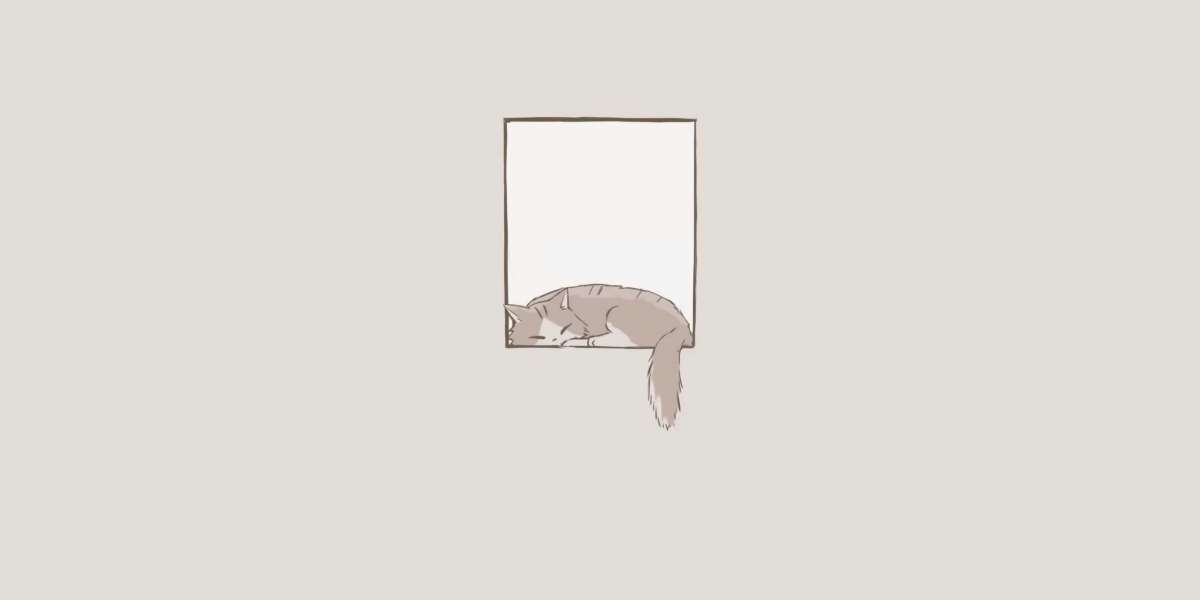Unlock the Magic of AI: Discover the Secrets Behind Stunning Image Generation!
In recent years, the world has witnessed a remarkable surge in the popularity of AI image generators, tools that have captivated both artists and technologists alike. These innovative platforms have opened up new avenues for creativity, enabling users to produce stunning visuals at the click of a button. The excitement surrounding AI image generation lies not just in the mesmerizing images created but also in the underlying technology that makes it all possible. As we delve into the mechanics of these tools, we will explore how they work, their impact on various industries, and the transformative potential they hold for the future of creativity and technology.
Understanding AI Image Generators
AI image generators are sophisticated software applications that use artificial intelligence to create images from textual descriptions or other inputs. At the heart of these generators lies machine learning, a subset of AI that enables systems to learn from data and improve over time. More specifically, many of these tools leverage neural networks—complex algorithms modeled after the human brain—that can analyze vast amounts of data to recognize patterns and generate new content. By training on extensive datasets of images, these networks learn to produce visuals that can mimic styles, incorporate various elements, and even generate entirely new concepts. As a result, AI image generators can create everything from realistic portraits to abstract art, making them invaluable tools for both amateurs and professionals in the creative field.
How AI Image Generators Work
The process of generating images using AI involves several key steps that begin with data training. Initially, the system is fed a large dataset of images along with accompanying descriptions, allowing it to learn the relationships between visual elements and textual representations. This training phase is critical, as the quality and diversity of the dataset significantly influence the generator's capabilities. Once trained, the AI uses algorithms to process user inputs, interpreting the text or other instructions to create an image. For instance, if a user inputs the phrase "a serene mountain landscape at sunset," the generator analyzes the components of the description and synthesizes an image that captures those elements. The output can often be further refined through various settings, allowing users to customize aspects such as style, color palette, and resolution. This intricate blend of data processing and creative interpretation enables AI image generators to produce visually stunning results that can surprise even the most seasoned artists.
Key Features of AI Image Generators
AI image generators come packed with numerous features designed to enhance user experience and creativity. One standout feature is style transfer, which allows users to apply the visual characteristics of one image to another, effectively blending styles. This is particularly popular among artists looking to experiment with different aesthetics. Additionally, many tools offer resolution enhancement, enabling users to generate high-quality images suitable for professional use. Customization options are also prevalent, allowing users to tweak elements such as color, texture, and composition to achieve the desired outcome. These features empower users with varying skill levels to unleash their creativity and produce unique visuals that reflect their personal style.
Applications of AI Image Generators
The versatility of AI image generators has led to their adoption across various fields, including art, entertainment, advertising, and education. In the art world, artists are using these tools to create innovative pieces that blend traditional techniques with cutting-edge technology. For instance, a friend of mine, who is an illustrator, recently started using an AI image generator to brainstorm ideas for her graphic novels, allowing her to visualize scenes and characters in ways she hadn't considered before. In advertising, companies are leveraging AI-generated images to create eye-catching content that resonates with audiences while saving time and resources. Additionally, educators are exploring these tools to enhance learning experiences, from creating engaging visual aids to encouraging students to experiment with digital art forms. The potential applications are vast, demonstrating how AI image generators can enrich various domains.
Potential Impact on Creative Industries
The rise of AI image generation is reshaping traditional creative processes, prompting discussions about the role of human creativity in a tech-driven world. While some may view AI as a threat to artistic integrity, many artists embrace it as a collaborative partner. By integrating AI into their workflow, creators can explore new ideas and push the boundaries of their craft. The potential for collaboration between humans and AI opens up exciting possibilities, as artists can leverage these tools to enhance their skills rather than replace them. As these technologies continue to evolve, the creative industries stand on the brink of a transformation that could redefine what it means to be an artist in the digital age.
Embracing the Future of Creativity with AI
AI image generators represent a fascinating intersection of technology and creativity, offering users the ability to unlock their imagination and produce remarkable visuals with ease. Throughout this article, we have explored how these tools work, their key features, and the myriad applications across different industries. As we look to the future, it's clear that AI image generators hold transformative potential, encouraging collaboration between humans and machines while challenging traditional notions of creativity. Whether you are an artist seeking inspiration or a business looking to enhance your marketing efforts, exploring AI image generators can lead to exciting new possibilities. Embrace the magic of AI, and let your creativity flourish!


